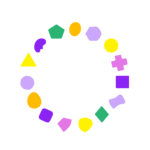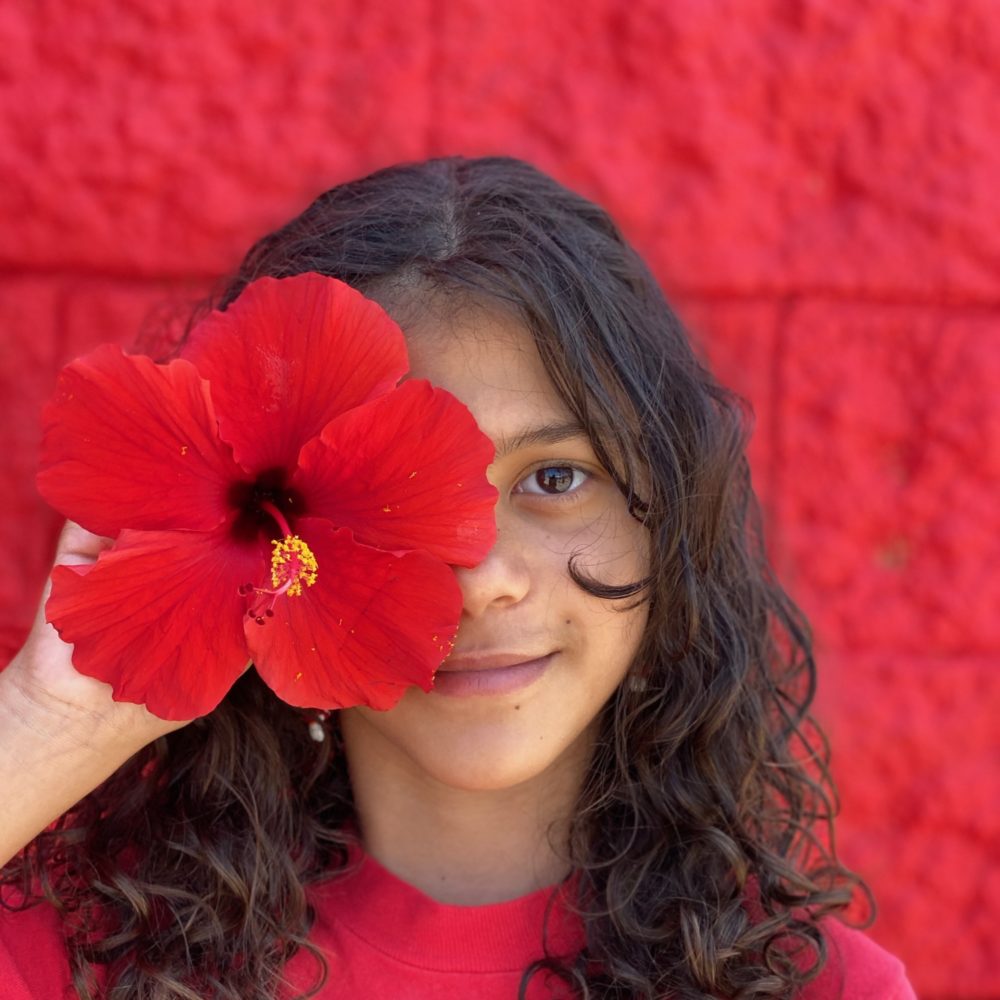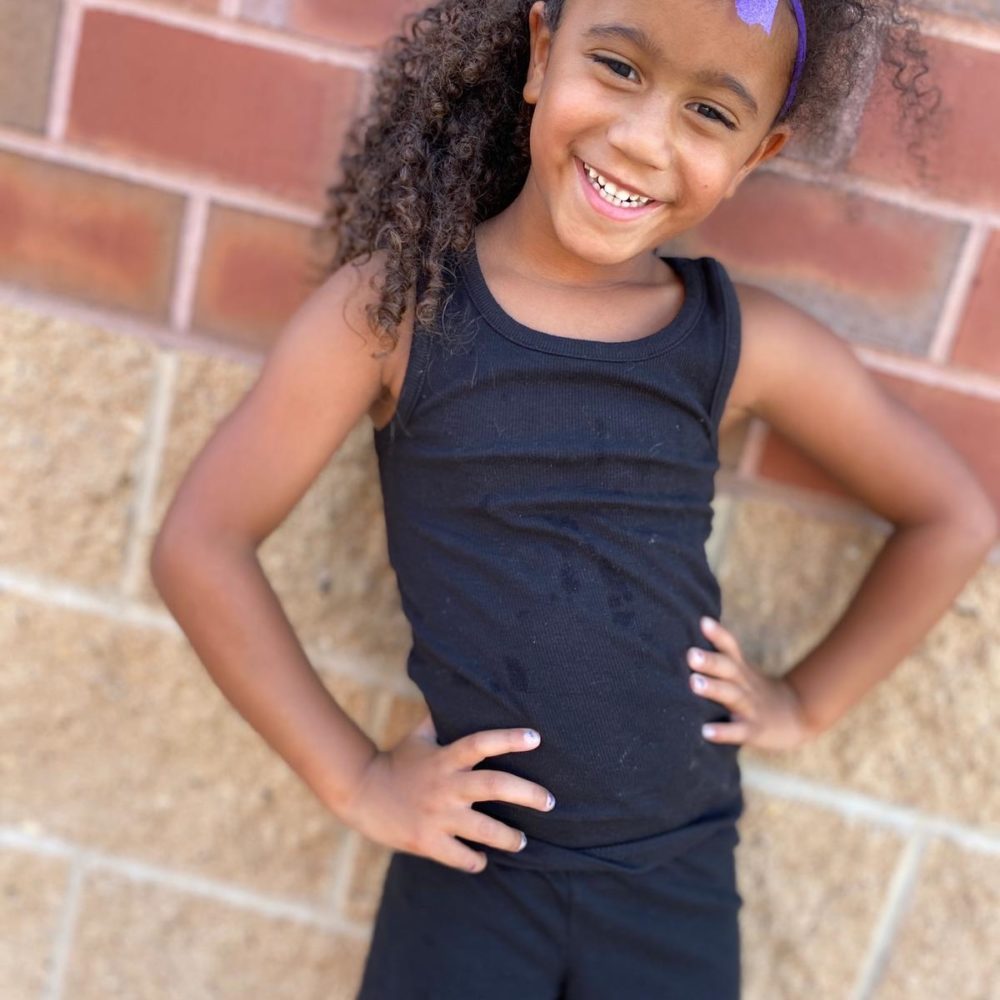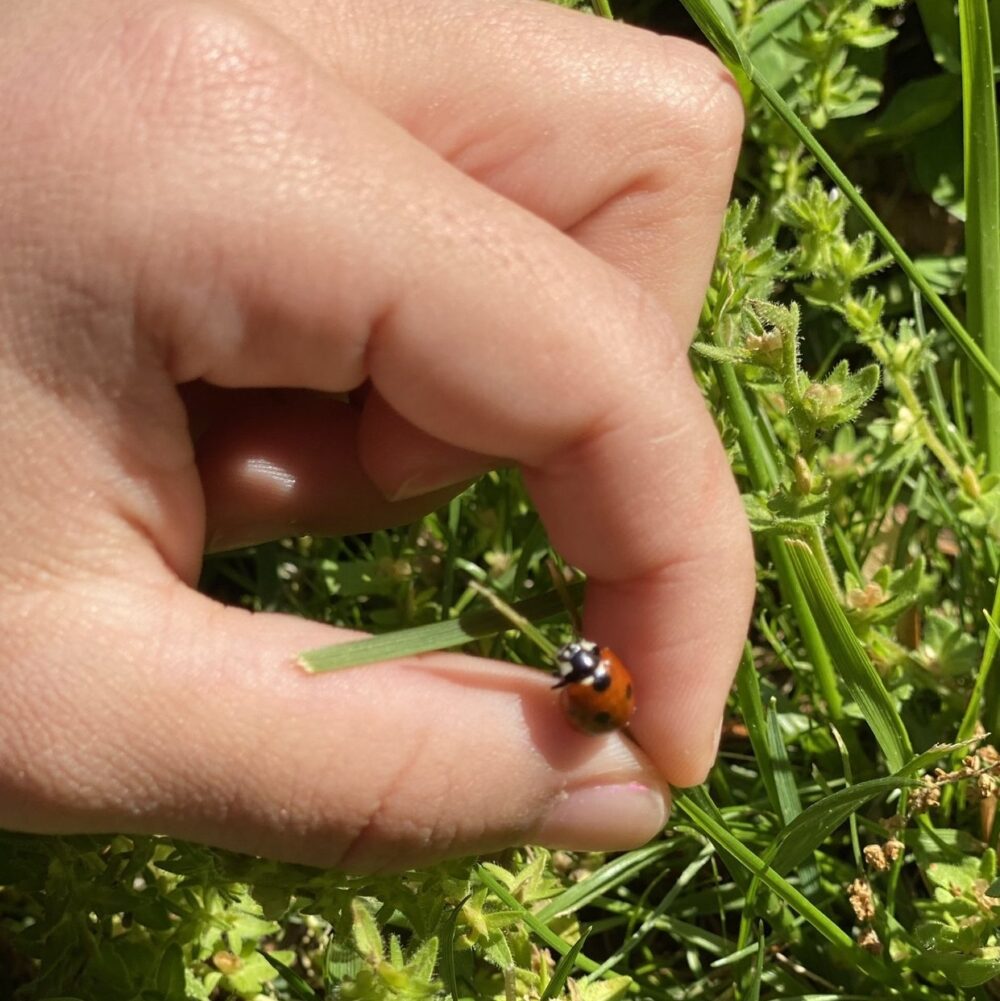“Make beats. Learn code. Promote equity.” That’s the opportunity Your Voice Is Power offers students from across the country. A collaboration between YELLOW, Amazon, and Georgia Tech, the program hosts a competition in which young people remix Pharrell Williams’ single “Entrepreneur” using the coding platform EarSketch. However, it’s much more than that. In a step-by-step curriculum designed by Georgia Tech professors, Your Voice Is Power opens conversations about equity, entrepreneurship, and how to be part of the solution.
Dr. Joleen Neighbours, who’s taught music in Virginia for the last twenty years, was one of twenty-five educators selected to pilot the program last fall. After trying the curriculum with her women’s choir, she’s gone on to teach it to all of her music students, several of whom made the finals in the competition’s first round.
When she joined me on Zoom to talk about her experience with Your Voice Is Power, she was surrounded by instruments: a keyboard, a piano, an amp, and several guitars. As the Fine Arts Facilitator for Suffolk Public Schools, her passion for the program—and for teaching, and especially teaching the arts—was evident even before we began.
You’re never too old. I always call it “the rabbit hole of learning:” you find one thing you don’t know about and you just keep going.
YOUR VOICE IS POWER—AND I AM LISTENING
A core tenant of this curriculum involves coding. When you started Your Voice Is Power, had you used EarSketch before?
I’ve never done computer coding. The whole idea of coding scared me. I would get off the meetings, and I’d go, “I don’t know what they were talking about.” So I studied. You’re never too old. I always call it “the rabbit hole of learning:” you find one thing you don’t know about and you just keep going. But I’m like that and a lot of people are like that, and I just let the rabbit hole take me away.
If you didn’t know EarSketch, what inspired you to participate in Your Voice Is Power?
The biggest thing with Your Voice Is Power—In the last year with George Floyd and Black Lives Matter and everything being brought to the forefront, before we even went back to school, it hurt my heart that I wasn’t at school for some of these kids because I knew that they needed to talk. So when this opportunity presented itself, it gave us an avenue for speaking. I explained to them that this was a comfortable place to have an uncomfortable conversation. I’m uncomfortable sometimes, but they need to talk, and I need to just listen. And this is the right curriculum for that.
In what ways did you see Your Voice Is Power empowering your students to find their own voices as young women in the world today?
I’ve always felt like I need to give the kids as many opportunities as I possibly can. This program gives them possibilities. I’ve seen these kids that are finding their niche through this program. I had one who told me, from something she read in it, she wants to become a music reporter. I was like, “That’s fascinating. You’ll always work. And you can start that on your own.”
The kids that had no idea they were good at it—never taken a computer class, never even had it presented to them as a possibility—now this is what they want to do. Engineering is not a career a lot of women go into, and that was one of the reasons I picked the women’s choir. It was very empowering for them, and I think that was one of the big takeaways from this was the empowerment it gave all of them.
How did you see your students transformed through this process?
They’ve matured into these very socially-minded, very grounded young people—they’re respectful, but they’re not going to kowtow to the norms. They’re going to make a change, they’re going to make the world better. You know, I can see the glimpses of it in them already. It’ll be fascinating to see ten, twenty years from now what they’re doing, just from having this exposure to something that they wouldn’t have gotten otherwise.
In the midst of the pandemic, when things were very dark, this was the light for them. Even for me as an educator, I had something new and invigorating to present to them that kept me going. And seeing their change kept me going.
What was it like as a teacher to witness that transformation?
I would get off the Zoom sometimes in tears because they either broke my heart or my heart was full. They would talk to me about the things that would happen to them, and then I would have other students come in and say, “We’re sorry we never thought about it like that before. We never realized that was happening.” And I got to witness this real transformation between these students where they’re willing to talk, they’re willing to listen, and they’re willing to change.
That is so powerful, and those are such necessary conversations. How did you see having those conversations affecting students?
Now that we’re in a hybrid situation, and these students are coming in, I see a difference in them because they know that they have a place that it’s about education, but it’s about being a better human being too.
I tell them all the time, “I really don’t care if you go into music after my class, I want you to be a better human being for having been in it.” And this curriculum is the perfect example of that because it integrates so many things, and so many different things that they can look at as potential careers and life paths, but at the end of the day, it makes them a better human being, and that’s what we want.
And that’s what YELLOW and Pharrell are all about. How did you see Pharrell’s presence impact students?
It would be one thing if it was just a bunch of mixes and samples put out by whoever, but having Pharrell involved, and Amazon and everybody else, made it real. They realized Pharrell’s not just this superstar, he’s actually a real human being who cares what they’re doing. The fact that he popped in on our class like that showed that he cares and that he wants them to do better and to be better. It made it real. And that’s what they need. They need to not be getting it from a textbook sometimes. They need to be getting it from the people who really do it.
Is there advice you’d give to teachers wanting to teach this curriculum or in other ways incorporate conversations about equity?
The teachers need to listen. Students aren’t going to learn unless they ask questions. And you’re not going to be able to teach them unless you listen. I had some times where we would meet again in the afternoons after school was over, and I had a couple of sessions like that that just went really long. And honestly, we were not talking about EarSketch, we were talking about social justice.
This idea of listening seems almost like the inverse of Your Voice Is Power, where the students have a place for a voice because they have someone listening.
That’s it. Your voice is power, and I’m listening. We’re not just hearing them, we’re listening.
I’ve been incredibly thankful for this program, and I’ll keep working with it. Some of them want to go back and tweak their stuff and resubmit it. It is a continuation; this is not a one-time deal for us.
I’m impassioned about bringing real opportunities to these kids where they’re not all meant for college. They need a real skill. And arts—music—is a real skill, and it’s needed.
THE ARTS: WE ARE ALL CREATORS
From Your Voice Is Power and the rest of the work you do, how have you seen the arts unlocking possibility for students? How do you see the role of that creativity?
I’ve explained to everybody that we are artists, but we’re forgetting that we’re actually creators. We are first and foremost as human beings creators, and this time period has given us more avenues to learn how to create. If you think about TikTok, what has that done? It’s just people creating.
I’ve restructured my vocabulary to get students to understand that we are required by just our humanness to be creators, and we are responsible for the message that we put out there. When we start embracing that, we are going to start seeing many ways that we can do that.
As a teacher, we’re taking information, processing it in such a way that we can then regenerate it for our audience to learn. Well, what do artists do? They take information, they process it in such a way that they can then create something with it, put it back out for an audience to learn. It’s the same thing.
The mechanic that works on a car—he’s a creator, he’s doing something that I couldn’t do, he’s doing something that he’s able to do. Just like these students now are able to use EarSketch and create a positive message for social justice—that’s something they do. But just because you know how to do it doesn’t mean you’re doing it. You have to become a creator.
Why is this mindset of being a creator so important for students?
Just from our conversations and the work that they’re doing, they’re paying attention. I think that oftentimes we forget that young people are paying attention, and they’re paying attention more now because they’ve been stuck at home, they’ve been inundated with media, they’ve been inundated with content from apps on their phones, and we’ve got to reign it back in so that they can realize that all of this content starts in real life. When they start seeing that, their mindset changes.
TEACHING: WHOLE CHILD EDUCATION
What motivates you as an educator, especially as an educator working in the arts?
I’ve discovered that I have a really strong passion for making sure that we are delivering lessons that are making them better human beings. It has nothing to do sometimes with the actual content or whether they walk out of our rooms being experts in their field. What have we given them to be a better human being and to be a better member of society? That’s what education’s about.
And I believe that in whole child education, a big piece of that—what fuses that together—is the arts. Because you cannot look at historical figures and documents without understanding their culture. You can’t understand why the math works in certain things without understanding that this is what is created through the math. Like EarSketch is math. If I’m not looking at it from this whole child perspective, I’m missing something.
I’ve definitely through the years seen the impact the arts has had on these students. Knowing that sometimes a music class is the only thing they have that brings them joy, or a place of peace—I’ve seen the gamut of student backgrounds. I say that a lot of the students have taught me. I’ve learned to be a better human from them.
What does “whole child education” mean to you?
Whole child education is really teaching how everything works together. It incorporates the five C’s of 21st-century learning—critical thinking, creativity, communication, collaboration, and character—but it’s also making sure students understand the cultural piece in the midst of all of it—that we’re all human beings and we have a cultural responsibility to know what we’re putting back into the communities we’re coming from.
You need to remember that everything you’re learning in school has a tie-in to something human. And where we get our humanity from is the arts. So if we don’t embrace that piece of the whole child, then we are missing out. That’s why I get frustrated when the arts get cut because that’s the piece the kids need in order for it to all make sense. It’s like having Swiss cheese: it’s just all these holes, and they’re not being filled in.
Do you have a question that you would want to ask yourself?
I would want to know, what do I intend to do beyond this? What are you going to do next?
Now, I really believe that we need to start treating the arts as a trade, just like everything else. How would we have functioned the last year without creators? I’ve said that so many times. How would you manage to get through if you didn’t have songs to listen to? If you didn’t have somebody who wrote it? If you didn’t have somebody who put it together? If you didn’t have somebody who mixed it, marketed it, sold it? All of these things are real things that they should be learning in school.
I’m impassioned about bringing real opportunities to these kids where they’re not all meant for college. They need a real skill. And arts—music—is a real skill, and it’s needed.



